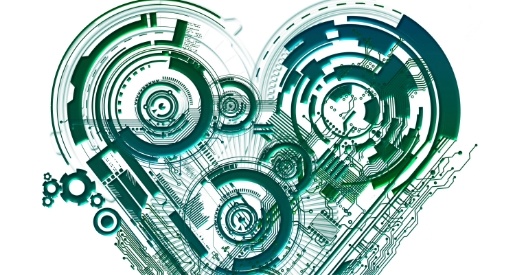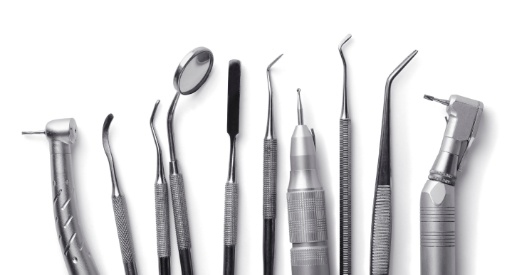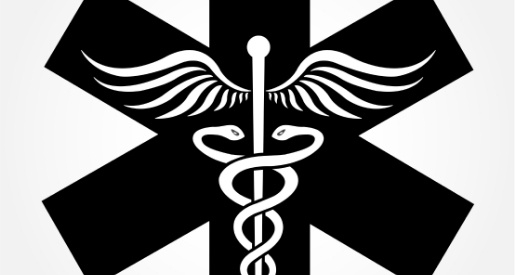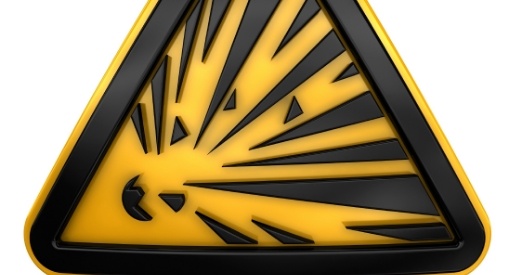It might not seem evident, but safety is a prime concern for members of the military. The men and women in the armed forces place themselves in harm’s way on an almost daily basis. They rely on training, skills, and properly manufactured equipment to ensure that the inherently dangerous activities they perform are as safe as possible.
Some of the safety equipment is obvious; a well-designed parachute, solidly crafted snap rings securing rappelling harnesses, even the sturdy leather boots that help protect the feet and ankles. All of these things are critical to protecting the lives and safety of the armed forces.
Often overlooked for their contribution to safety are the quality standards that are met by the manufacturers who provide the most critical of equipment, such as weapons and ammunition. Known as ordnance, it is the quality and reliability of these devices that can make the difference between a typical day of training, and a catastrophe.
All products that are manufactured for use by the military are required to meet a unique set of standards known, rightly enough, as Military Specification, or Milspec.
Deep drawn ordnance is no different. In order to ensure the proper function, strength, and tolerances, all military ordnance produced using the deep drawn method is inspected carefully to meet the stringent requirements of Milspec.
The design of military ammunition is far more precise than one might imagine. Consider for a moment the function of the brass casing during operation; the primer must be secure and located correctly, the outer dimension must be accurate and concentric, and the casing wall must withstand the force of what amounts to an explosion when fired. If any of these criteria are not met, disaster can occur.
Since the casing for a round of ammunition is for the most part a deep drawn can, the manufacturing process remains basically unchanged. The naturally seamless design and uniform wall thickness of deep drawn ordnance lends significant strength to the ammunition, which ensures the safety of the soldier firing the weapon. Additionally, the added strength in key areas of the design created through the work hardening effect of the deep drawn process provides further reliability of the product.
Deep drawn ordnance is fast becoming the primary choice for military projects, with good reason. Compared to other manufacturing methods for the same design, deep drawn products are lower cost, higher quality, and safer.












